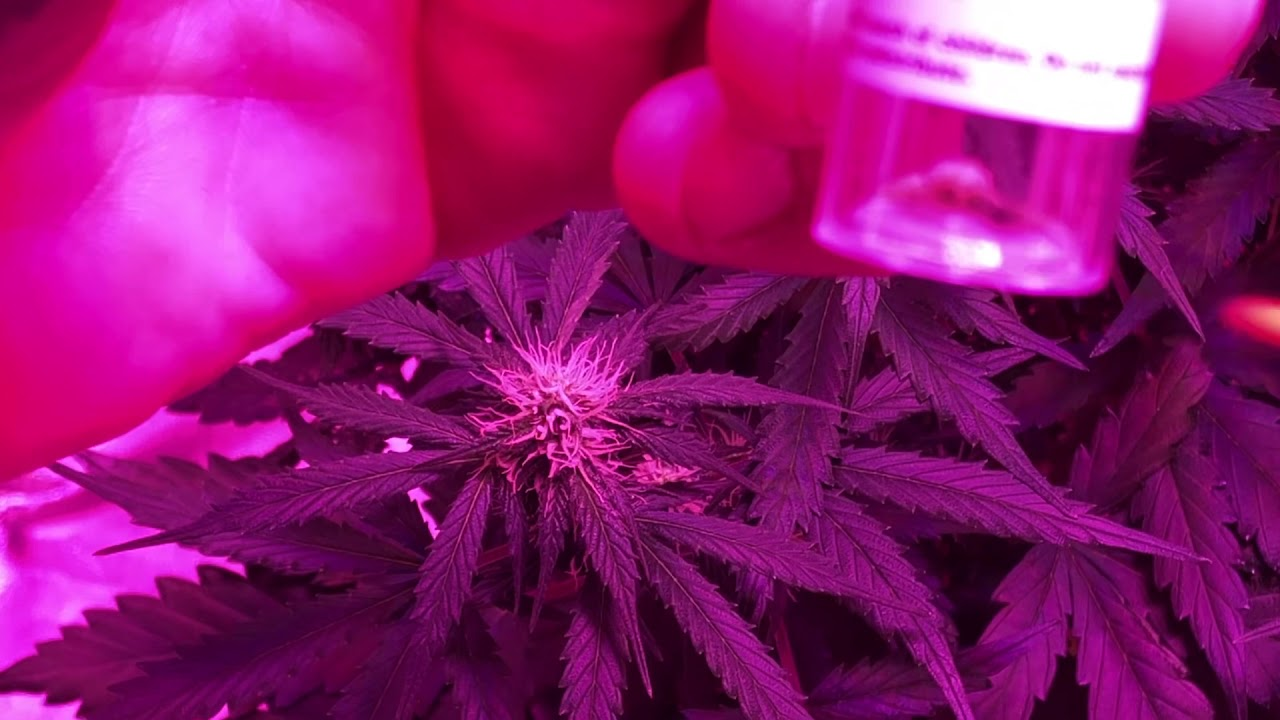Cannabis
How to Cross Strains and Create New Marijuana Varieties
Marijuana enthusiasts and breeders alike have always been fascinated with the idea to cross strains by crossing two or more different strains. It allows them to create a unique combination of desirable traits and flavors, making their strain stand out from the crowd.
However, crossbreeding marijuana strains isn’t as simple as it seems. It requires knowledge of the plant’s genetics, patience, and some trial and error. In this article, we’ll guide you through the process of crossbreeding marijuana strains and creating your unique variety.
Why Cross Strains?
A Cross strain is a process of creating a new variety by combining the desirable traits of two or more strains. By crossbreeding, breeders can create a unique combination of flavors, growth patterns, and potency that may not exist in the parent strains. It allows them to create a strain that is tailored to their specific needs, whether it’s for medical or recreational use. Additionally, crossbreeding can result in a more robust plant that is resistant to pests and diseases.
Understanding the Basics of Breeding
Before you start crossbreeding marijuana strains, it’s essential to have a fundamental understanding of the plant’s genetics. Marijuana plants have both male and female sexes, and they reproduce by pollination. The female plant produces flowers that contain the buds, while the male plant produces pollen that fertilizes the female flowers. The fertilized flowers produce seeds that carry genetic traits from both parent plants.
Choosing Parent Strains
Choosing the right parent strains is one of the most crucial steps in crossbreeding marijuana strains. The parent strains should have desirable traits that you want to combine in the new strain. For example, if you want to create a strain that has high potency and a unique flavor profile, you should choose parent strains that have those traits. However, it’s important to note that not all strains are compatible for crossbreeding, and some may produce offspring that are sterile or have undesirable traits.

Preparing for the Cross
Before you start the crossbreeding process, you need to prepare the parent plants. It’s essential to ensure that the plants are healthy and free from pests and diseases. You should also choose a location where the plants won’t be disturbed during the cross-pollination process. It’s best to keep the plants in a separate room or tent to prevent accidental pollination from other plants.
Cross Pollination Techniques
There are two primary cross-pollination techniques used in crossbreeding marijuana strains: Natural and Artificial. Natural cross-pollination occurs when you place a male plant in the same room as a female plant, allowing the pollen to naturally fertilize the female flowers. Artificial cross-pollination involves manually transferring the pollen from the male plant to the female plant using a small brush or cotton swab.
Identifying Successful Crosses
After the cross-pollination process, you need to wait for a few weeks for the female plant to produce seeds. Once the seeds have matured, you can harvest them and grow them separately. It’s essential to keep track of the parent strains and the traits you want to combine in the new strain. When the new plants start to grow, you’ll start to see the traits from the parent strains. If you’ve successfully crossbred two strains, you’ll see a combination of the desirable traits from both parent plants.
Growing and Testing the New Strain
Once you’ve identified the successful crosses, it’s time to grow the new strain and test its potency and flavor profile. It’s recommended to grow a small batch of the new strain first to ensure that it’s stable and consistent. You should also test the potency and flavor to ensure that it meets your expectations. If the new strain is stable and consistent, you can start growing it on a larger scale.
Tips for Creating Unique and Stable Strains
Creating stable and unique marijuana strains takes time, patience, and some trial and error. Here are some tips to help you create your unique and stable strain:
- Research the parent strains thoroughly and choose strains that complement each other.
- Keep detailed records of the crossbreeding process, including the date of pollination and harvest.
- Test the new strain’s potency and flavor profile regularly to ensure that it meets your expectations.
- Keep the new strain isolated from other plants to prevent accidental pollination.
- Don’t be afraid to experiment with different cross-pollination techniques.
Common Mistakes to Avoid when Crossbreeding
Crossbreeding marijuana strains is not an exact science, and there are some common mistakes that breeders make. Here are some mistakes to avoid:
- Choosing parent strains that are not compatible for crossbreeding.
- Keeping detailed records of the crossbreeding process.
- Not testing the new strain’s potency and flavor regularly.
- Not keeping the new strain isolated from other plants.
- Rushing the crossbreeding process and not giving the plants enough time to mature.

Conclusion
Crossbreeding marijuana strains is a fascinating process that allows breeders to create unique and stable strains with desirable traits. It requires knowledge of the plant’s genetics, patience, and some trial and error. By following the steps outlined in this article, you can crossbreed marijuana strains and create your unique variety. Remember to keep detailed records, test the new strain regularly, and be patient. With time and practice, you’ll be able to create a strain that stands out and meets your specific needs.

